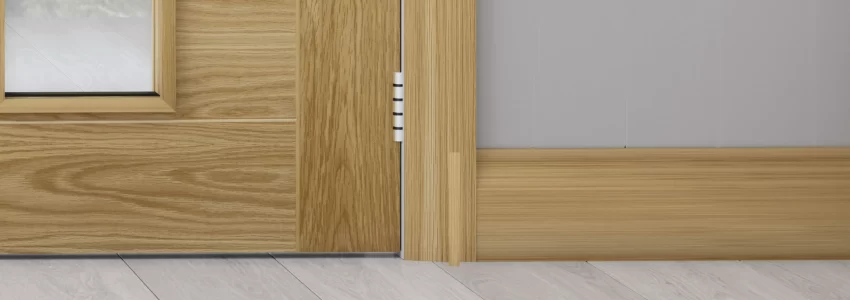Get ahead with knowledge: how to do great at LinkedIn advertising
LinkedIn is a shining light in the vast ocean of digital marketing for workers who want to meet, participate, and do well. LinkedIn oglaševanje stands out as a powerful tool for businesses that want to reach their target group with accuracy and power. Let’s talk about how to get great at LinkedIn advertising and how that can help your efforts reach new heights.
Getting to Know the Area: How to Use LinkedIn for Advertising
With over 700 million users around the world, LinkedIn, which is sometimes called “the professional network,” is a great place for advertising to find new customers. But with so many users, it can be hard to stand out from all the other noise. To be good at LinkedIn advertising, you need to first understand how the site works and who its users are.
The key to engagement is writing content that people want to read.
At the heart of any effective advertising strategy is material that is interesting and relevant to the audience. It’s very important to make sure that your content directly addresses the goals and problems of LinkedIn users, whether it’s an attention-getting headline, an appealing image, or a message that makes people think. Becoming an expert at writing content can make your ads much more effective.

Targeting with Accuracy: Getting to the Right People
One of the best things about LinkedIn Advertising is how well it can target people. Ads can be made to reach specific groups of people on LinkedIn by changing things like work names, businesses, skills, and hobbies. Expertise in crowd targeting makes sure that the right people see your ads, which increases their usefulness and interest.
Using LinkedIn’s networking power to build relationships
LinkedIn is different from other forms of advertising because it lets you build real relationships with leads and clients. Using comments, messages, and content sharing to interact with users can build trust and trustworthiness, which will lead to long-term success. With LinkedIn’s networking features, marketers can build a group of people who love their brand.
In the world of digital marketing, being good at LinkedIn oglaševanje takes knowledge, creativity, and smart thinking. Advertisers can make their ads more effective and have a bigger impact by learning how the platform works, creating interesting content, using exact tracking, making sure they’re set up for success, and building relationships. So, start your LinkedIn Advertising path with confidence, knowing that you have the skills and knowledge to do well in this ever-changing world.



















